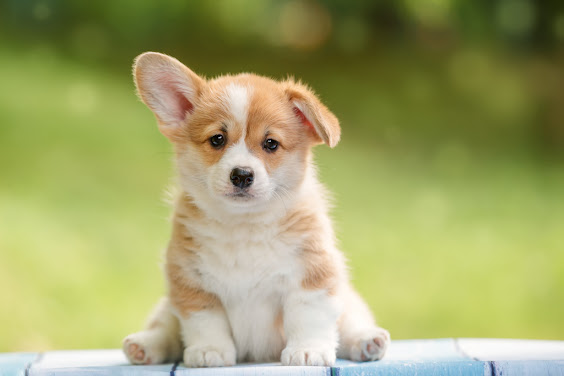Recent Blog post
> Avocados are fruit, not a vegetables. They're technically considered a single-seeded berry.
> 'Mellifluous' is a sound that is pleasingly smooth and musical to hear.
>there are only 22 countries that the British haven't invaded or attacked
> there is a island in japan that is populated entirely by fluffy bunnies.
> a single piece of spaghetti is a spaghetto
> people who experience lucid dreams tend to be a better problem solvers while they're awake.
> you burn more calories by sleeping then watching tv
>a crocodile can't stick its tongue out.
> it is physically impossible for pigs to look up into the sky
> a shark is the only known fish that can blink with both eyes
> a cat has 32 muscles in each ears
> an ostrich's eye is bigger that it's brain
> tiger have striped skin, not just striped fur
> the giant squid has the largest eyes in the world
> most people fall asleep in seven minutes
> cats are not able to taste anything that is sweet
> snail takes the longest naps with lasting as long as three years
>kangaroos can not walk backwards
> sea lions have rhythm. they are the only animal able to clap to a beat.
> Hipopotamus milk is pink
> cows can walk up stairs but not go down them.
> one of the ingredients needed to make dynamite is peanuts
>the shortest war in history lasted for only 38 minutes.
> there are 31,556,926 seconds in a year
> cans of diet sodas will float in water but regular soda cans will sink.
> some perfumes actually have whale poo in them.
> the snow on venus is metal
> eating to much carrots will turn you into a oranges
Random Facts #1
DOGS – HIGHLY SOCIAL ANIMALS
Dogs can differ in appearance, function, temperament and size. Some small dogs can weigh as little as 1.5 pounds, whereas some larger dogs can weigh as much as 200 pounds. Depending on the country, there are about 138 officially recognised dog breeds, categorised into 7 different groups. Dogs fill a variety of roles in human society and are often trained as working dogs. For dogs that do not have traditional jobs, a wide range of dog sports provide the opportunity to exhibit their natural skills.
DOGS – COMPANIONS ACROSS THE AGES
It is estimated that for more than 12,000 years the dog has lived with humans as a hunting companion, protector and friend. A dog is one of the most popular pets in the world and has been referred to as "mans best friend". Whether you are poor or rich, a dog will be faithful and loyal to you and love you to bits.
A pet dog will fit easily into family life and environment, they of course need caring for as any other pet – feeding, grooming, bathing and when ill, will need a visit to the vets. Dogs thrive on affection and will happily wag its tail when showered with love and attention. Dogs will also sit and sulk if they get told off for doing something wrong.
TRAINING AND EXERCISING DOGS
A well-mannered dog must be trained properly and with patience and perseverance. You must never mistreat a dog at any time as not only is it very wrong to mistreat any animal, but some will bite in their own defense.
Larger breeds need considerably more exercise over a larger area than medium sized or small dogs. You can take them out into the countryside or to your local park or recreation ground. Here, they can run about and play games and get the exercise they need to keep them fit and healthy.
Dogs can be taught how to do things. Throw a small branch, stick or frizzbee and you can teach your dog to go fetch and bring the item back to you. Dogs have nearly 220 million smell-sensitive cells over an area about the size of a pocket handkerchief (compared to 5 million over an area the size of a postage stamp for humans).
Some breeds have been selectively bred for excellence in detecting scents. What information a dog actually detects when he is scenting is not perfectly understood. Although once a matter of debate, it now seems to be well established that dogs can distinguish two different types of scents when trailing an air scent from some person or thing that has recently passed by, as well as a ground scent that remains detectable for a much longer period.
Dogs
Ducks are birds in the Anatidae family. Ducks are also called ‘Waterfowl’ because they are normally found in places where there is water like ponds, streams and rivers.












